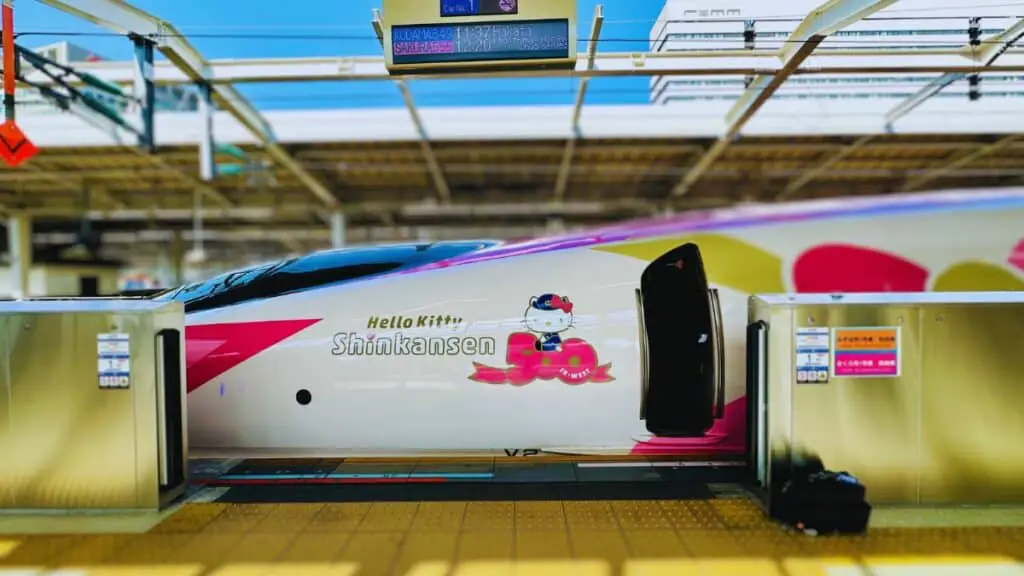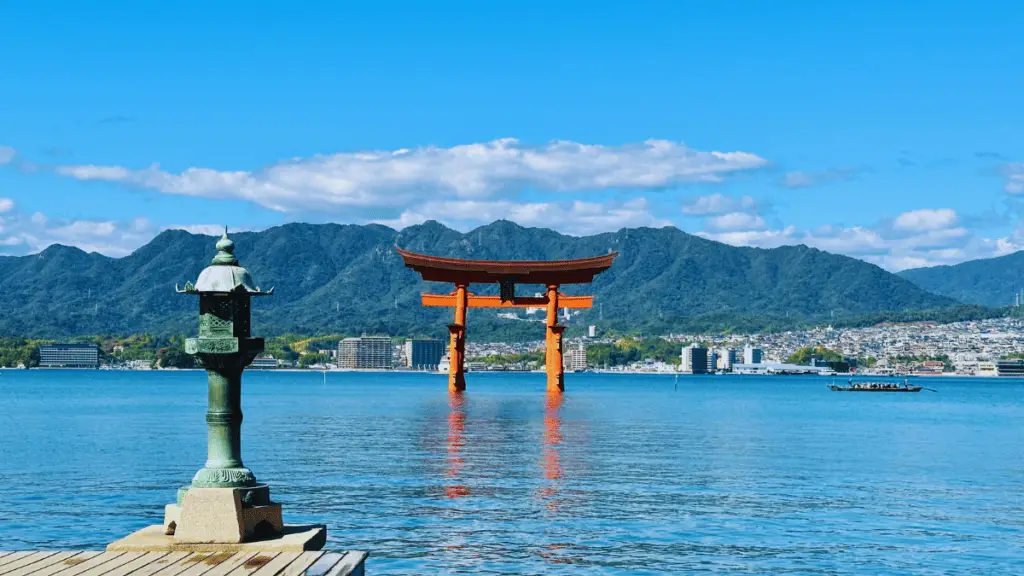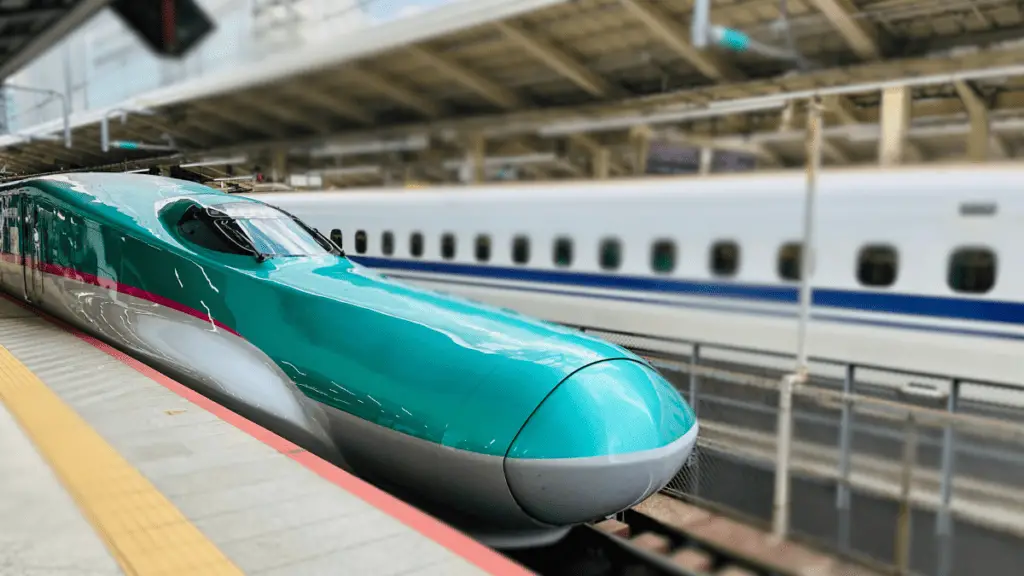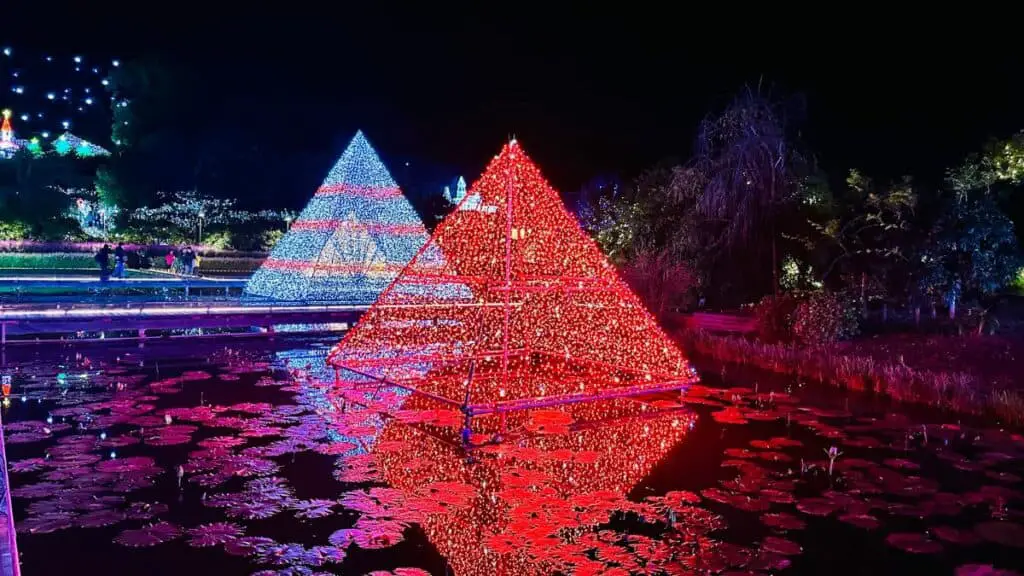
© Ana Costa
Not far from busy Tokyo, about 80 miles (128.75 km) to the north, there’s a botanical gem called Ashikaga Flower Park. It’s like a colorful painting made by nature. Going there is like entering a magical world filled with beautiful flowers and vibrant colors. Yet, the question is, is it worth making a day trip from Tokyo to see this botanical wonder?
Ashikaga Flower Park is a beautiful and relaxing place to visit that is worth the visit. The park is a popular tourist destination known for its stunning displays of wisteria flowers. People interested in flowers, or looking for a fun and scenic day trip, should include it on their itinerary.
Now let’s take a closer look at what makes Ashikaga Flower Park so unique. In the following paragraphs, we’ll see what Ashikaga Flower Park is all about, how to get there, and when to visit. Hopefully, by the end of this article, you will have a clear idea of whether you should add Ashikaga Flower Park to your itinerary or not.
What is Ashikaga Flower Park?
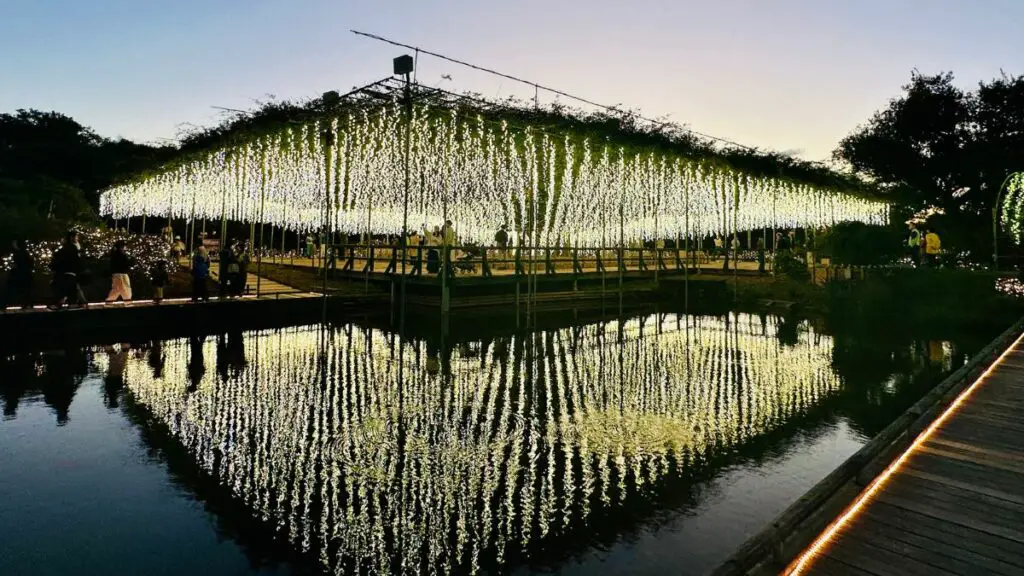
© Ana Costa
Ashikaga Flower Park is not just a garden; it’s a big, beautiful space where lots of flowers grow across 94,000 square meters. The most famous flower here is the wisteria, and when it blooms, the park turns into a dreamland of hanging flowers in purple, pink, and white. You don’t want to miss the Great Wisteria, which is over 160 years old, in addition to the Laburnum Tunnel and the amazing 80-meter-long white Wisteria Tunnel.
There are also more than 350 wisteria trees in the park, so this is definitely the place to go if you want to see a dreamland of flowers in Japan.
Besides wisteria, the park has different flowers all year round. In spring, there are cherry blossoms; in summer, there are roses; in fall, the leaves turn pretty colors, and in winter, the park is covered in lights.
The park is generally open from 10 a.m. to 5 p.m., but the opening hours will change depending on the season and events. During light-up events, the park is open until 8.30 p.m. or 9 p.m. The entrance fee also varies depending on the blooming condition of the flowers (usually between 400 and 2,100 yen).
Hey, check out these recommendations I have for you!
Before going any further, take a look at some of the recommendations I've handpicked for you. I think these are essential items you should have on your trip to Japan. You can check them out and buy them directly from Amazon.
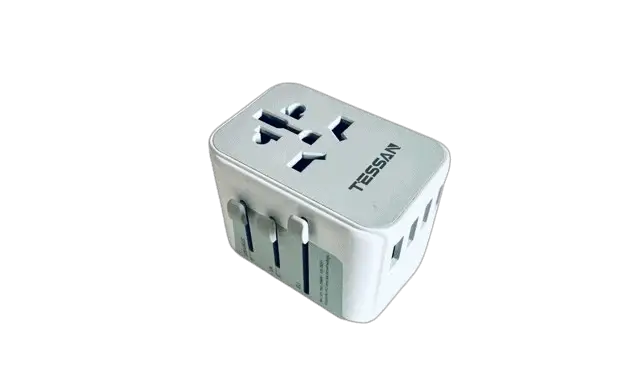
|
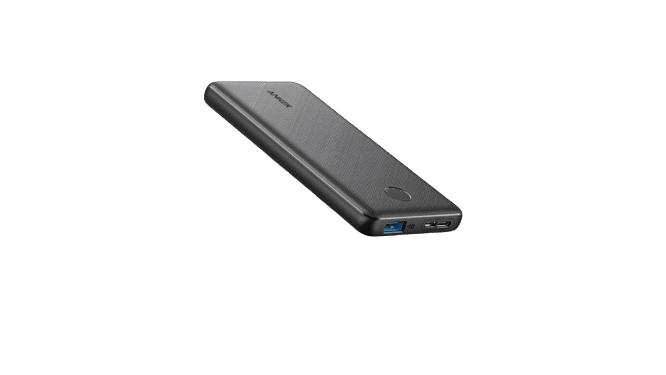
|
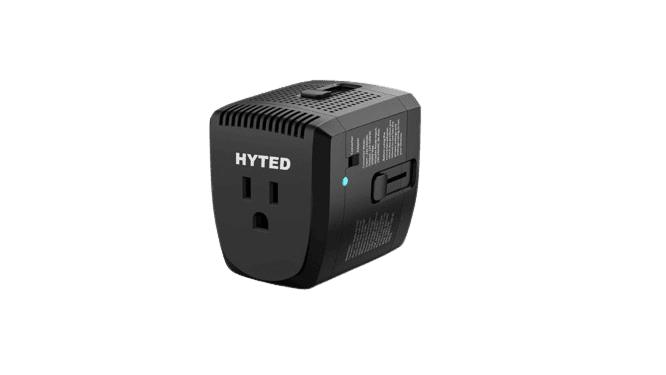
|
| A universal travel adapter | A 10,000 mAh power bank | A travel adapter and converter |
You can check the useful information for your visit at Ashikaga Flower Park‘s official website in English.
How to Get to Ashikaga Flower Park From Tokyo?

© Ana Costa
Getting to Ashikaga Flower Park is not that difficult, and luckily there are several options you can choose from. If you’re starting your adventure from Tokyo, you can opt for the train, a convenient and efficient mode of transportation. For those planning to rent a car in Japan, going to the park by car can be a good option too. Finally, a guided tour can save you the hassle of managing transportation and allow you to visit other interesting places on the same day.
Whichever mode of transportation you select, here are a few details to help you out.
Get all the cool spots and tips for a fun trip to Japan. It's free!
Get My Japan Guide
By car
Renting a car provides comfort, flexibility, and the opportunity to explore nearby attractions at your own pace. You can decide your departure time, and make spontaneous stops when you come across a hidden gem along the way. The park is easily accessible by car, and the journey from Tokyo takes less than two hours, depending on traffic conditions.
You can easily rent a car using Klook, which gathers several top-rated suppliers. It also allows you to add options according to your needs, like child seats or ETC (Electronic Toll Collection) devices and cards.
Traveling by car ensures a comfortable and private journey, allowing you to enjoy the trip with friends or family. It’s an excellent option for those who prefer a more personalized and intimate travel experience.
By train
Getting to Ashikaga Flower Park by train is a convenient and scenic journey from Tokyo. The park is well-connected by train, with a train station at a 3-minute walk from the park. Train travel is often cost-effective, especially if you utilize Japan’s efficient rail passes. Consider purchasing a JR Tokyo Wide Pass from Klook if you plan to explore more areas around Tokyo, as it can provide significant savings.
The cheapest train option (about 2,000 yen) with fewer transfers is to take the JR Utsunomiya Line and get off at Oyama Station (about 1 hour 30 minutes), then switch to the JR Ryomo Line and get off at Ashikaga Flower Park Station (about 35 minutes). In total, you will have a travel time of a little more than 2 hours.
However, if you buy a JR Tokyo Wide Pass, you can reduce the travel time by at least 30 minutes and take the Shinkansen for part of your trip. All the trip to Ashikaga Flower Park is included in the JR Tokyo Wide Pass. You just have to take the JR Tohoku Shinkansen from Tokyo Station to Oyama Station (about 40 minutes), and then switch to the JR Ryomo Line and get off at Ashikaga Flower Park Station, just like the previous option. The total travel time will be reduced, and you can enjoy more sightseeing.
With a guided tour
Opting for a guided tour to Ashikaga Flower Park can transform your visit into an enriching and stress-free experience. Getting to the park is not extremely difficult, but can be a little overwhelming for first-time visitors. Navigating public transportation and unfamiliar routes may be a concern, but a guided tour eliminates this worry, offering seamless transportation from Tokyo and back.
If you want a few recommendations for tours going to Ashikaga Flower Park, you can check the following:
Nikko Toshogu Shrine & Ashikaga Flower Park Illumination Day Tour from Klook: Enjoy two amazing places in one day trip. Nikko’s World Heritage Sites are the perfect match to complete a journey to Ashikaga Flower Park. And if you don’t know whether Nikko is worth visiting, you can check my article with the information you need about Nikko.
Strawberry Picking, All-You-Can-Eat-Crab, and Ashikaga Flower Park/Lake Sagami Light Show from Klook: Mix your incredible experience of Ashikaga Flower Park with the tasty experience of strawberry picking and the all-you-can-eat-crab experience. Those of you who are looking for eating experiences too will be delighted.
You may also like
When to Visit Ashikaga Flower Park?
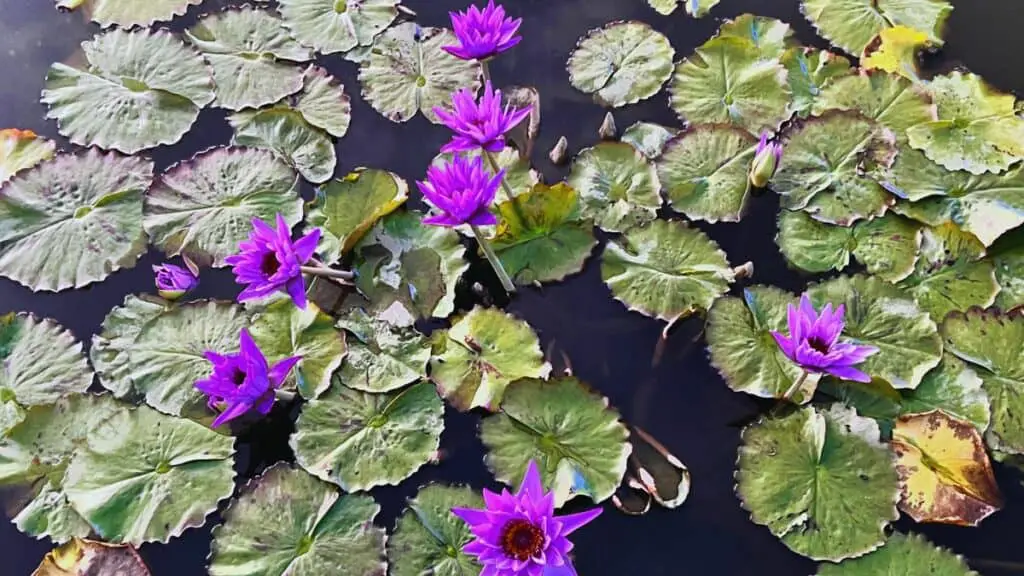
© Ana Costa
The Ashikaga Flower Park is open all year round, except for a very few holidays (usually the third Wednesday and Thursday of February, and December 31). It’s always better to check with them if you have a doubt regarding opening times or special events dates before going.
Dreaming of Japan? Here’s your go-to guide for a great trip.
Download Free Guide
There is always something beautiful to see at Ashikaga Flower Park, but depending on your trip dates, you will be able to see unmissable events or not. The table below sums up what to see and the best time to see each type of bloom.
| Bloom | Best Time to Visit |
|---|---|
| Wisteria | Mid-April to mid-May |
| Winter Illumination | Mid-October to mid-February |
| Spring Blooms | Early March to late April |
| Summer Blooms | Early July to late September |
| Fall Blooms | Mid-October to late November |
Obviously, if you visit during the wisteria season or the winter illumination, you will have a visit that you’ll never forget.
Two main events at Ashikaga Flower Park are absolutely amazing: The Tale of Fuji no Hana, and Flower Fantasy “The Garden of illuminated flowers”.
Wisteria Season
During the wisteria season, the park holds The Tale of Fuji no Hana event, which is one of the most incredible things you will ever see. The park will be filled with hanging flowers in purple, pink, and white, turning it into a magical place. Usually, the event takes place from mid-April to mid-May, but the park suggests contacting them for details as the event period may vary according to the flower conditions.
In 2014, the park wisteria season was voted one of the top 10 world dream destinations, so this gives you a pretty good idea of how special it is.
Besides the wisteria, you will also be able to see the bloom of more than 5,000 azaleas at the same time. The park counts more than 1,000 varieties of this flower.
Winter Illumination
During the winter illumination, the park holds one of Japan’s top 3 biggest light-up events: Flower Fantasy “The garden of illuminated flowers”, which turns the gardens into amazing light shows. The winter illumination is a seasonal event, typically running from mid-October to mid-February. Grabbing the opportunity to experience this limited-time spectacle ensures you don’t miss out on the park’s transformation into a winter wonderland.
The winter illumination is best appreciated after sunset when the lights come to life, releasing a beautiful glow across the entire park. The nighttime ambiance adds a touch of tranquility to your visit because you can’t see all the people even if the park is crowded.
Other Blooms
There are roughly eight floral seasons at the park during the year, so even if you are not visiting during the main events, you can always have a pleasant botanical experience.
- Heralding Spring: from early January to late February. (Japanese website)
- Spring Flower Festival: from March to mid-April. (Japanese website)
- Wisteria Story: from mid-April to mid-May. (Japanese website)
- Rainbow Garden: from mid-May to early June. (Japanese website)
- Blue and White Garden: from early June to early July. (Japanese website)
- Water Nymphs: from early July to late September. (Japanese website)
- Purple Garden: from early October to late November. (Japanese website)
- Bejeweled Flower Garden: from late October to late January. (Japanese website)
Tips to Make the Most of Your Visit
- When possible, plan your visit during the wisteria blooming season. The wisteria typically blooms from late April to early May, so this is the best time to see all the flowers in full bloom.
- Wear comfortable shoes. There is a lot of walking to do in the park, so it’s important to wear shoes that you can walk in for a long period of time.
- Be prepared for crowds. The park can get crowded during peak season, so be prepared to share space with other visitors.
- Arrive early in the morning or in the evening to avoid the crowds. This is also a good time to see the flowers in the morning light or in the evening when they are illuminated.
- Use the weekday advantage. If possible, plan your visit on a weekday. Weekends tend to draw larger crowds, and visiting on a weekday can provide a more relaxed and enjoyable experience.
- Take your time and enjoy the park. There is a lot to see and do, so don’t try to rush through it. Relax and soak in the beauty of the flowers.
- Wait for the evening illuminations. Don’t miss the evening illuminations, when the park transforms into a magical wonderland. The wisteria, lit up in various colors, creates a surreal atmosphere. Check the park’s schedule for illumination timings.
- Contact the park to check the event dates. Event dates might change according to the flower status, so it’s better to contact the park to check. I did it using their Facebook page, and they gave me an answer in 4 days.
- Purchase tickets in advance. To save time and avoid long lines, consider purchasing your tickets online in advance. This ensures a smoother entry into the park.
- Explore nearby attractions. To make the most of your trip, consider exploring other attractions in Tochigi Prefecture. Nikko, with its rich cultural heritage, is not far away and can complement your visit to Ashikaga Flower Park.

